Pictures from Tübingen
In 2005 I was for half a year employed in the idyllic town of Tübingen.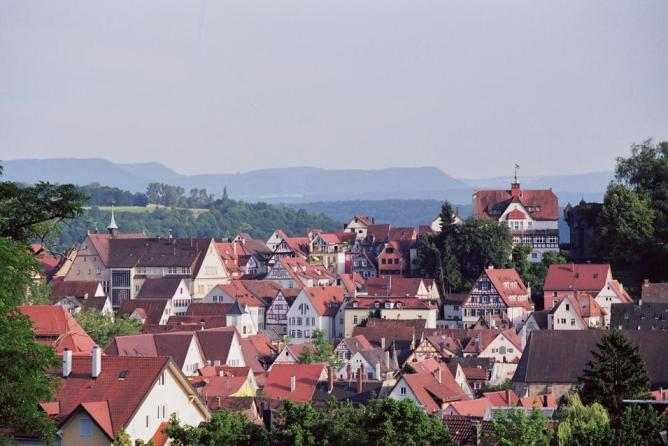
Unfortunately, my office was in a new, PCB-contaminated building. Luckily, I lived near the Spitzberg.
The Spitzberg is a hill just west of Tübingen. It is home to a large number of roe deer, seven species of woodpecker, Bonelli's warbler, collared flycatcher, and red-backed shrike. There is also a small heron colony. From its slope, you regularly see red and black kite leasurely circling over the Neckar valley. Most of the hill is forested, but its main asset are the steep grassy slopes on its southern flank, which are home to 10 species of orchids and numerous other plants.

Slopes of the Spitzberg near Tübingen. In the foreground: Orchis militaris and white daffodils. These slopes were used as vineyards in the 13-17th century. After the 30-years war, most of the higher slopes were only used for extensive sheep grazing, allowing for a rich flora to develop. The traces of old vineyards are still visible on the slope in the background.

Once more Orchis militaris and white daffodils.
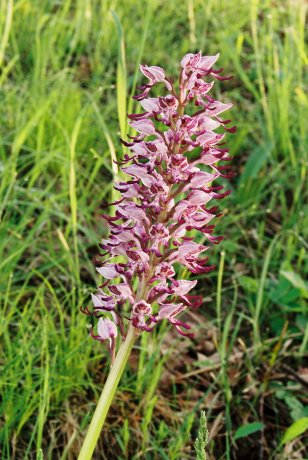
Orchis militaris is the most common orchid of the Spitzberg -and perhaps the most beautiful one as well.
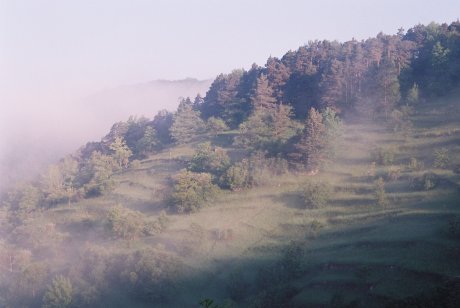
Traces of old vineyards near Tübingen.

Ophrys sphegodes is not too common.

Same species as before.
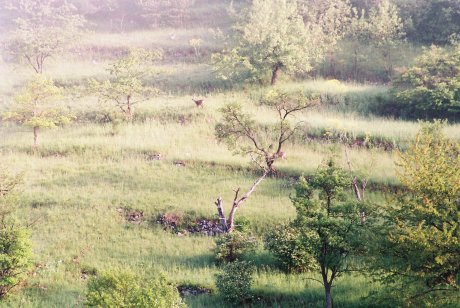
Roe deer. The abundance of roe deer also has a disadvantage: after alost every expedition into their realms I brought home a tick.
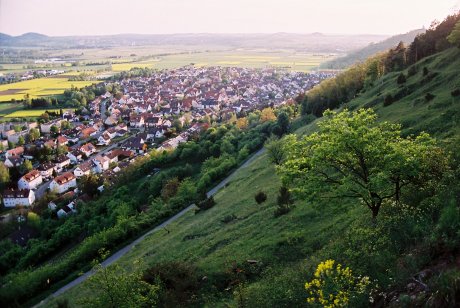
Orchid-rich slopes above the village of Hirschau.

Ophrys insectifera.

Himantoglossum hircinum is not rare on the Spitzberg.

Detail of Himantoglossum hircinum.

Another view of the slopes near Tübingen, with Himantoglossum hircinum in the foreground.

Gymnadenia conopsea belongs to the second generation of orchids, that appears in June, when the species that flower in May have disappeared completely. On the Spitzberg, the first generation consists of Orchis militaris, Ophrys sphegodes, Ophrys insectifera, and Cephalanthera damasonium. (Not counting Orchis morio, of which two specimens on two different locations have apparently been planted by someone.) Himantoglossum hircinum and Listera ovata hold a middle position, while Gymnadenia conopsea, Ophrys apifera, Anacamptis pyramidalis (both rare on the Spitzberg), and Dacthylorhiza maculata belong to the second generation. Epipactis helleborine flowers even later.